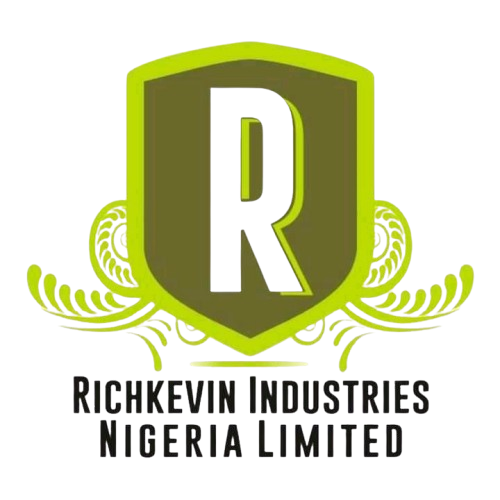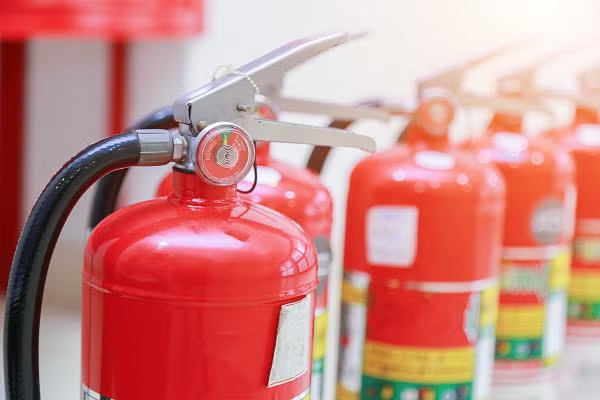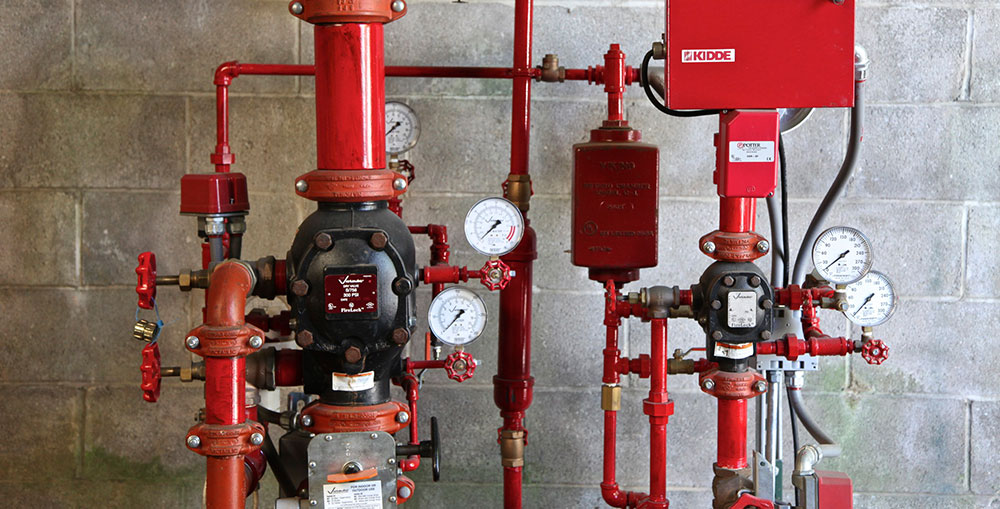Clean Agent vs Pre-Action: Fire safety is a critical aspect of any facility management strategy. With numerous options available for fire suppression, choosing the right system can be daunting.
Two popular types of fire suppression systems are Clean Agent Systems and Pre-Action Systems. In this blog post, we will explore the differences, advantages, disadvantages, and applications of each system to help you make an informed decision for your fire safety needs.
What Are Clean Agent Fire Suppression Systems?
Clean Agent Fire Suppression Systems utilize gaseous agents to extinguish fires without leaving any residue. These systems are designed to protect sensitive equipment and areas where traditional water-based systems could cause damage. Clean agents are typically halocarbon agents or inert gases and are environmentally friendly, making them a preferred choice in many commercial and industrial settings.
Key Characteristics of Clean Agent Systems
- Residue-Free: Clean agents evaporate quickly, leaving no residue, which is essential for protecting sensitive electronics and delicate materials.
- Rapid Action: These systems can detect and suppress fires quickly, minimizing damage and downtime.
- Environmentally Friendly: Many clean agents have low ozone depletion potential and global warming potential, making them compliant with environmental regulations.
- Minimal Disruption: The gaseous nature of clean agents means that the system can be activated without causing significant disruption to operations.
Common Clean Agents
- FM-200: A popular clean agent that extinguishes fires by removing heat and disrupting the combustion process.
- Inergen: An inert gas mixture (primarily nitrogen, argon, and carbon dioxide) that reduces the oxygen level to suppress fire without harming the environment.
- Novec 1230: A low-boiling liquid that evaporates quickly and is non-toxic, making it safe for occupied spaces.
What Are Pre-Action Fire Suppression Systems?
Pre-Action Fire Suppression Systems are a hybrid of wet and dry systems, designed to provide an additional layer of protection against accidental discharge. These systems require two triggers before water is released: the detection of heat or smoke, and the activation of the pre-action valve. This two-step process helps prevent water damage in case of false alarms.
Key Characteristics of Pre-Action Systems
- Dual Activation: The requirement for two triggers reduces the risk of accidental discharge, making it ideal for sensitive environments.
- Water-Based Suppression: Pre-action systems use water as the extinguishing agent, which can be effective against various types of fires.
- Flexibility: These systems can be configured with multiple detection methods, including smoke detectors and heat sensors.
- Increased Safety: By minimizing the risk of accidental discharge, pre-action systems offer enhanced safety for facilities with valuable assets.
Types of Pre-Action Systems
- Non-Fusible Link Pre-Action: This system uses a heat detector to activate the pre-action valve before water is released.
- Fusible Link Pre-Action: This system incorporates a fusible link that melts at a specific temperature, allowing water to flow once a fire is detected.
Comparing Clean Agent and Pre-Action Systems
1. Application Areas
- Clean Agent Systems are ideal for environments where sensitive equipment is present, such as:
- Data centers
- Server rooms
- Museums and archives
- Hospitals
- Pre-Action Systems are better suited for areas where water damage could be catastrophic, such as:
- Libraries
- Chemical storage facilities
- Museums with delicate artifacts
- Telecommunication centers
2. Response Time
- Clean Agent Systems typically have a faster response time due to their gaseous nature, suppressing fires almost instantly upon detection.
- Pre-Action Systems may take slightly longer because of the dual activation requirement, although they are still effective in emergency situations.
3. Cost Considerations
- Clean Agent Systems can be more expensive to install and maintain due to the cost of clean agents and specialized equipment.
- Pre-Action Systems usually have lower initial costs, but maintenance may add up over time due to the complexity of the system.
4. Environmental Impact
- Clean Agent Systems often use agents that are environmentally friendly, but some older agents may have higher global warming potential.
- Pre-Action Systems are generally less of a concern from an environmental standpoint since they primarily utilize water as an extinguishing agent.
5. Maintenance Requirements
- Clean Agent Systems require regular inspections to ensure that the agents are within acceptable limits and that the system is functioning correctly.
- Pre-Action Systems also need routine maintenance, particularly for the detection and activation components, to ensure reliability.
Advantages and Disadvantages
Clean Agent Systems
Advantages:
- No residue, which protects sensitive equipment.
- Fast response time.
- Environmentally friendly options available.
- Minimal operational disruption.
Disadvantages:
- Higher installation and maintenance costs.
- Limited applications in certain environments.
Pre-Action Systems
Advantages:
- Reduced risk of accidental discharge.
- Effective in a variety of environments.
- Generally lower initial costs.
Disadvantages:
- Slightly longer response time.
- More complex maintenance requirements.
What‘s a Clean Agent Fire Suppression System?
- A Clean Agent Fire Suppression System uses gaseous agents to extinguish fires without leaving any residue, making it ideal for protecting sensitive equipment.
Types of environments benefit from Clean Agent Systems?
- Clean Agent Systems are best suited for data centers, server rooms, museums, hospitals, and any area with sensitive electronics or materials.
What is a Pre-Action Fire Suppression System?
- A Pre-Action Fire Suppression System is a hybrid of wet and dry systems that requires two triggers (detection of heat or smoke and activation of a valve) before water is released.
Where are Pre-Action Systems typically used?
- Pre-Action Systems are commonly used in libraries, chemical storage facilities, museums with delicate artifacts, and telecommunication centers.
How do Clean Agent Systems extinguish fires?
- Clean Agents work by removing heat and disrupting the combustion process, effectively suffocating the fire.
What are the maintenance requirements for these systems?
- Both systems require regular inspections and maintenance. Clean Agent Systems need checks on the agents and equipment, while Pre-Action Systems require maintenance of detection and activation components.
Are Clean Agent Systems environmentally friendly?
- Many Clean Agents are designed to be environmentally friendly, but it is essential to choose agents with low ozone depletion and global warming potentials.
What are the advantages of Pre-Action Systems?
- Pre-Action Systems reduce the risk of accidental water discharge, making them suitable for protecting valuable assets and sensitive environments.
How quickly do these systems respond to a fire?
- Clean Agent Systems typically offer a faster response time, while Pre-Action Systems may take slightly longer due to their dual activation requirement.
What factors should I consider when choosing between these two systems?
- Consider the specific risks of your facility, the value of the assets at risk, environmental concerns, and your budget before making a decision. Consulting with a fire safety professional can provide tailored guidance.
Conclusion
Choosing between a Clean Agent System and a Pre-Action Fire Suppression System ultimately depends on the specific needs of your facility. Clean Agent Systems excel in environments where sensitive electronics are present, while Pre-Action Systems offer enhanced safety against accidental discharge. Both systems have their advantages and disadvantages, but understanding their unique features and applications can help you make an informed decision.
When selecting a fire suppression system, consider factors such as your facility’s specific risks, the value of the assets you’re protecting, and your budget. Consulting with a fire safety professional can also provide valuable insights tailored to your unique situation. By investing in the right fire suppression system, you can ensure the safety of your facility and its occupants while protecting your valuable assets.


